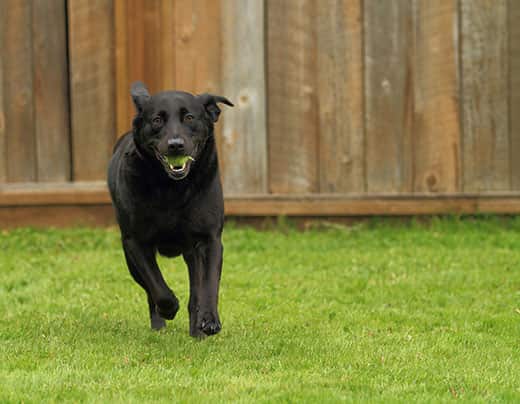
-
Find the right food for your petTake this quiz to see which food may be the best for your furry friend.Find the right food for your petTake this quiz to see which food may be the best for your furry friend.Featured products
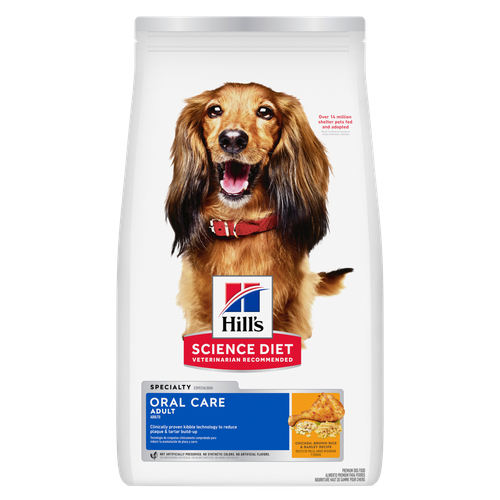 Hill's Science Diet Adult Oral Care Chicken, Brown Rice & Barley Recipe Dog Food
Hill's Science Diet Adult Oral Care Chicken, Brown Rice & Barley Recipe Dog FoodClinically proven kibble technology to reduce plaque & tartar build-up
Shop Now Adult Small & Mini Lamb Meal & Brown Rice Recipe Dog Food
Adult Small & Mini Lamb Meal & Brown Rice Recipe Dog FoodFor the faster metabolism of Small & Mini dogs
Shop Now Adult 7+ Small & Mini Chicken & Brown Rice Recipe Dog Food
Adult 7+ Small & Mini Chicken & Brown Rice Recipe Dog FoodFor the unique nutritional needs of mature Small & Mini dogs
Shop NowFeatured products Hill's Science Diet Adult Sensitive Stomach & Skin Dog Food
Hill's Science Diet Adult Sensitive Stomach & Skin Dog FoodHighly digestible recipe, gentle on stomachs. Nourishes skin & promotes a lustrous coat
Shop Now Adult Indoor Chicken Recipe Cat Food
Adult Indoor Chicken Recipe Cat FoodSupports energy level and beautiful fur in indoor cats
Shop Now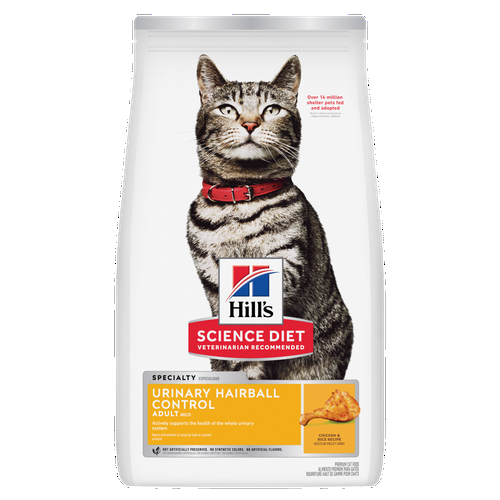 Adult Urinary Hairball Control Chicken & Rice Recipe Cat Food
Adult Urinary Hairball Control Chicken & Rice Recipe Cat FoodActively supports the health of the whole urinary system
Shop Now -
Featured articles
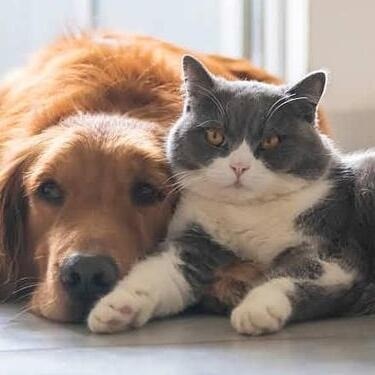 Easy DIY Dog & Cat Toys: Nine of Our Favorites
Easy DIY Dog & Cat Toys: Nine of Our FavoritesBrowse this comprehensive guide for several of our favorite DIY dog and cat toys that are sure to put a little pep in your pet's step.
Read More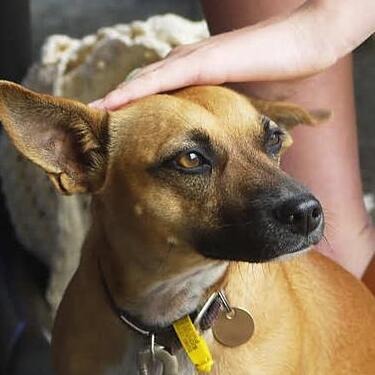 15 Pet-Friendly Cities Ideal for a US Road Trip
15 Pet-Friendly Cities Ideal for a US Road TripCheck out our list of pet-friendly U.S. cities that are excellent travel options, offering off-leash dog parks and pet-friendly restaurants & hotels.
Read More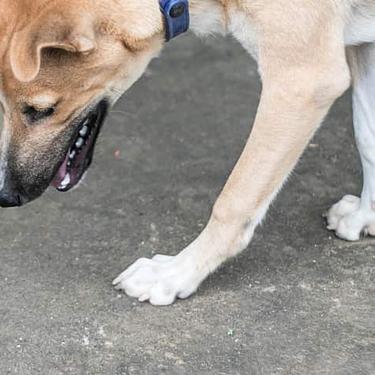 My Pet Ate a Lizard — What Should I Do?
My Pet Ate a Lizard — What Should I Do?Learn what to do if your pet eats a lizard, including whether they can be toxic and symptoms to keep an eye on when they've swallowed one.
Read More -

Are you looking for a way to keep your dog safely confined? Dog enclosures have many benefits for you and your fur buddy. There are several options for enclosures, from pet gates to crate training your dog. Know what to look for before you invest in a dog containment system for your home.
Benefits of Dog Enclosures
Outdoor enclosures protect your dog from danger yet give them the freedom to run and play. They can chase a teasing squirrel without running into traffic. Even a well-trained dog can panic when scared by fireworks or thunder, and they might race out of your yard and get lost. Encountering stray animals or wildlife can also expose your dog to disease or injury. Outdoor enclosures help to avoid these sticky situations.
Indoor enclosures protect dogs from chewing dangerous items. They also work well as part of dog-proofing your home. New puppies need constant supervision to prevent potty accidents — or worse. Confining your new pup to acceptable and easy-to-clean areas of your home helps them adapt to their surroundings. It also helps with introductions to other animals in the house. Read on to learn more about common options for indoor and outdoor enclosures.
Kennels
A kennel provides an outside living and play area. It's built to last as a permanent outdoor structure. Kennel designs vary from wire, wood, stone or cement and often include a cover to protect your dog from the weather. Kennels are usually large enough that you can enter to clean the kennel area and interact with your dog, and they often have enough room to contain a dog house. The spacious, airy feel helps dogs more readily accept confinement. Kennels offer a secure outdoor area without the expense of fencing the entire yard.
Crates
Crates work best for temporary indoor confinement, and they often double as your dog's bed. They come in wire, plastic and soft-sided varieties and can be sized for tiny pups to large dogs. Wire crates offer the best view for your dog, as plastic and soft-sided crates often block vision. Some wire crates also include moveable dividers to expand in size as your puppy grows. Your dog needs enough room to stand up and turn around in their crate. The Association of Professional Dog Trainers provides a crate size guide to help you ensure they'll have enough space. Crate training your dog offers a terrific way to potty train pups, too.
Dog Gates
Dog gates confine your dog in specific areas of your home — and keep them out of others. Like baby gates that keep kids away from stairs or other dangerous areas, a doggy gate helps your pet stay where you want them. Most doggy gates are adjustable. Install your gate so that your dog can't crawl underneath, jump over or push through it with their body weight.


Tasty Tips
Traditional Fences
Many dogs love to roam. Fencing your property means you don't have to chase them down when they go outside to play or relieve themselves. Fences come in different materials, from metal to wood, and you can choose a design that complements your house. Match the height and style to your dog's size, athleticism and individual requirements. Here are a few factors to consider when deciding between a wood and metal fence:
Wood
- Usually costs more
- Dogs can't see through it as well, making them less likely to bark and become protective of the barrier
- Dogs may chew the wood
- If your dog likes to dig, they may be able to dig underneath it and escape
Chain-Link
- Generally costs less
- Dogs see everything through chain-link barriers and may get frustrated or increase barking
- Some dogs learn to climb chain-link fences
- Chain-link set into the ground can foil digging dogs
Training Your Dog to Enjoy Dog Enclosures
Teach your dog to love their enclosure. Make the area their favorite place in the house by following these six steps:
- Place bedding inside, including a T-shirt you've worn so they have your comforting scent.
- Show them a puzzle toy stuffed with a favorite treat. Liverwurst, aerosol cheese and peanut butter are common favorites.
- Let them sniff and lick, then toss the toy inside the enclosure. Shut the door with your dog outside so they can't reach the treat.
- Let them beg for a short while. Then, let them in and close them inside for five minutes.
- If they beg to come out, let them out — but shut the treat inside. They'll soon decide they can put up with the dog enclosure if it means yummy treats.
- Slowly increase their time inside the enclosure.
For dogs who bark in outdoor enclosures, ask your mail carrier to help. Have them toss treats to your dog and only walk away once your dog stops barking to munch. By following tips like these and considering your enclosure options, you can feel confident making the right choice for your canine companion. Dog enclosures keep your dog secure. With a little training and a lot of love, your dog will become comfortable in their happy place.


Amy Shojai, is a certified animal behavior consultant, and nationally known authority on pet care and behavior. She began her career as a veterinary technician and is the award-winning author of more than 35 prescriptive nonfiction pet books.
Related products

For the faster metabolism of Small & Mini dogs

Clinically proven kibble technology to reduce plaque & tartar build-up

Improves everyday ability to get up & go

For the unique nutritional needs of mature Small & Mini dogs
Related articles
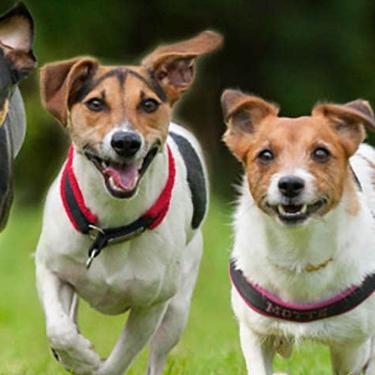
Understand the role that Omega-6 and Omega-3 fatty acids play in your dog's overall health, and how you can ensure they are getting enough.

Discover how the field of dog science is giving us more and more insights into the inner workings of our furry best friends.

Learn basic steps & precautions for treating a cut on your dog, including what you can put on the cut, and when you should take them to the vet.
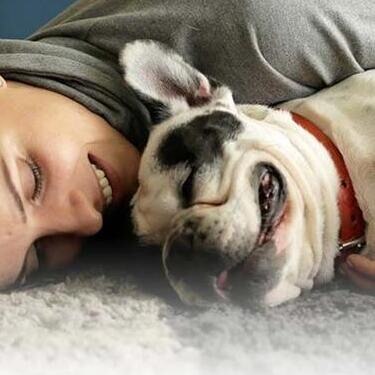
Your dog's coat and skin are a big part of your dog's overall health. Ensure you keep your dog's coat healthy, by following these simple tips.
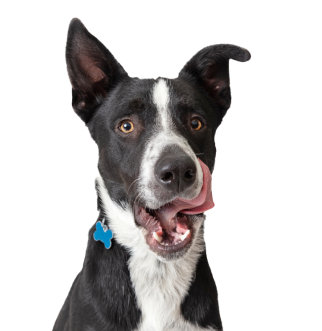
Put your dog on a diet without them knowing
Our low calorie formula helps you control your dog's weight. It's packed with high-quality protein for building lean muscles, and made with purposeful ingredients for a flavorful, nutritious meal. Clinically proven antioxidants, Vitamin C+E, help promote a healthy immune system.
Put your dog on a diet without them knowing
Our low calorie formula helps you control your dog's weight. It's packed with high-quality protein for building lean muscles, and made with purposeful ingredients for a flavorful, nutritious meal. Clinically proven antioxidants, Vitamin C+E, help promote a healthy immune system.


